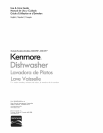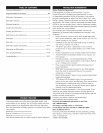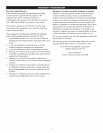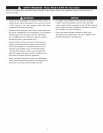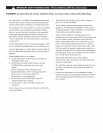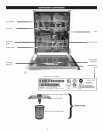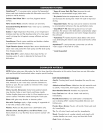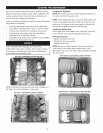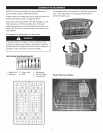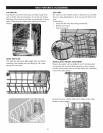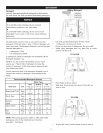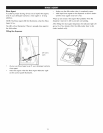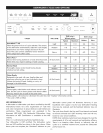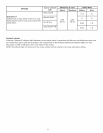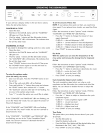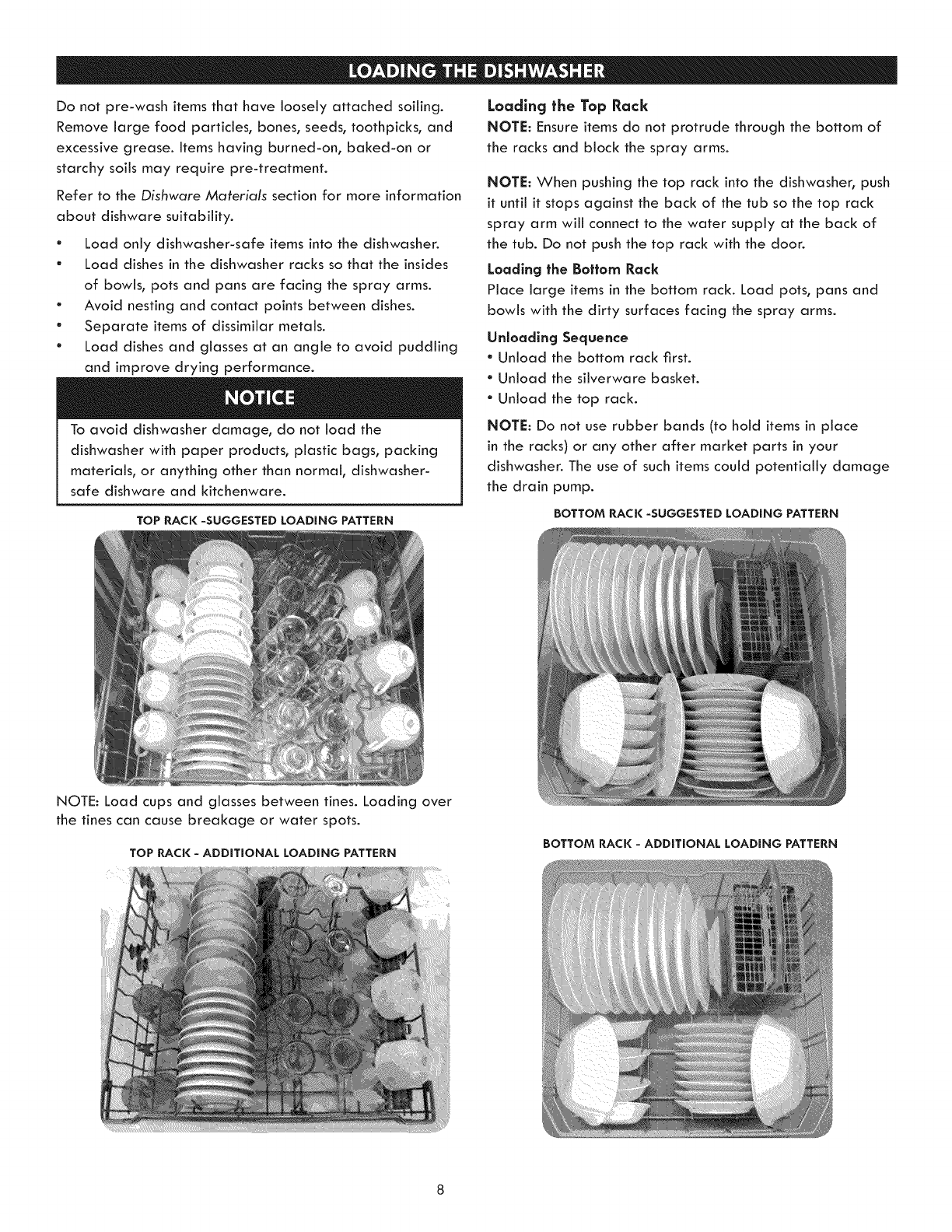
Do not pre-wash items that have loosely attached soiling.
Remove large food particles, bones, seeds, toothpicks, and
excessive grease, items having burned-on, baked-on or
starchy soils may require pre-treatment.
Refer to the Dishware Materials section for more information
about dishware suitability.
• Load only dishwasher-safe items into the dishwasher.
Load dishes in the dishwasher racks so that the insides
of bowls, pots and pans are facing the spray arms.
Avoid nesting and contact points between dishes.
Separate items of dissimilar metals.
Load dishes and glasses at an angle to avoid puddling
and improve drying performance.
To avoid dishwasher damage, do not load the
dishwasher with paper products, plastic bags, packing
materials, or anything other than normal, dishwasher-
safe dishware and kitchenware.
TOP RACK -SUGGESTED LOADING PATTERN
Loading the Top Rack
NOTE: Ensure items do not protrude through the bottom of
the racks and block the spray arms.
NOTE: When pushing the top rack into the dishwasher, push
it until it stops against the back of the tub so the top rack
spray arm will connect to the water supply at the back of
the tub. Do not push the top rack with the door.
Loading the Bottom Rack
Place large items in the bottom rack. Load pots, pans and
bowls with the dirty surfaces facing the spray arms.
Unloadlng Sequence
• Unload the bottom rack first.
" Unload the silverware basket.
Unload the top rack.
NOTI_: Do not use rubber bands (to hold items in place
in the racks) or any other after market parts in your
dishwasher. The use of such items could potentially damage
the drain pump.
BOTTOM RACK -SUGGESTED LOADING PATTERN
NOTE: Load cups and glasses between tines. Loading over
the tines can cause breakage or water spots.
TOP RACK - ADDITIONAL LOADING PATTERN
BOTTOM RACK- ADDITIONAL LOADING PATTERN



